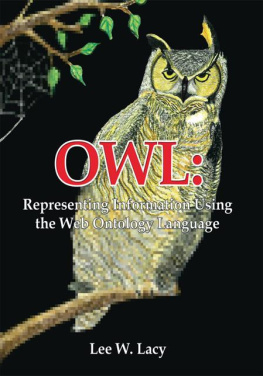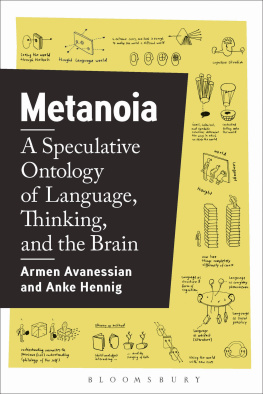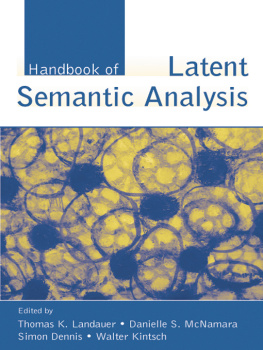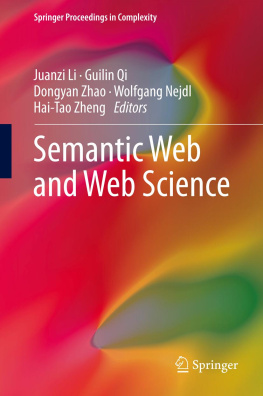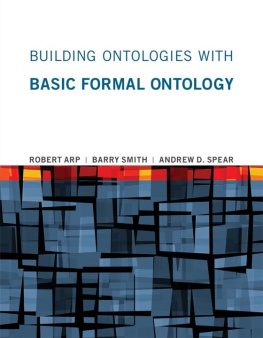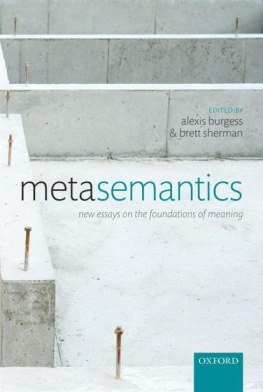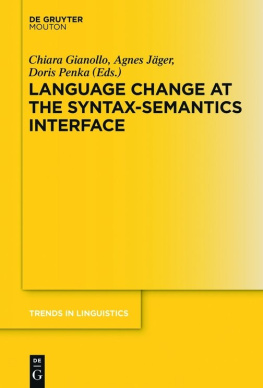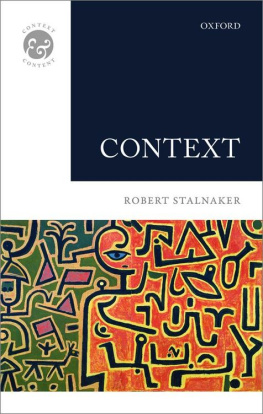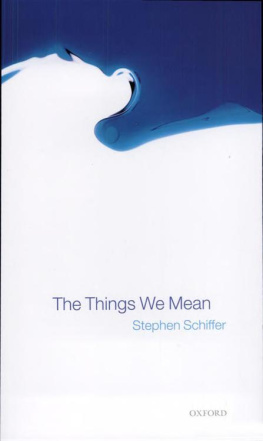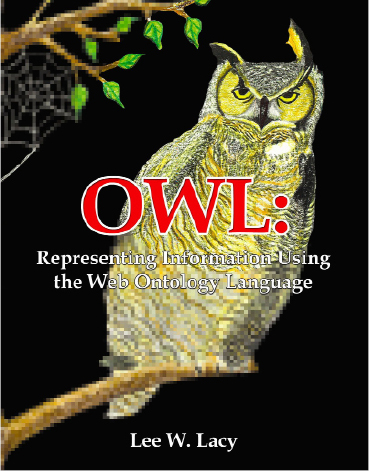
Copyright 2005 Lee W. Lacy.
All rights reserved. No part of this publication may be reproduced, stored in a retrieval system,
or transmitted, in any form or by any means, electronic, mechanical, photocopying, recording,
or otherwise, without the written prior permission of the author.
Note for Librarians: a cataloguing record for this book that includes Dewey Decimal
Classification and US Library of Congress numbers is available from the Library and Archives
of Canada. The complete cataloguing record can be obtained from their online database at:
www.collectionscanada.ca/amicus/index-e.html
ISBN 1-4120-3448-5
ISBN: 978-1-4122-2641-7 (ebk)

Offices in Canada, USA, Ireland, UK and Spain
This book was published on-demand in cooperation with Trafford Publishing. On-demand
publishing is a unique process and service of making a book available for retail sale to the
public taking advantage of on-demand manufacturing and Internet marketing. On-demand
publishing includes promotions, retail sales, manufacturing, order fulfilment,
accounting and collecting royalties on behalf of the author.
Book sales for North America and international:
Trafford Publishing, 6E2333 Government St.,
Victoria, BC V8T 4P4 CANADA
phone 250 383 6864 (toll-free 1 888 232 4444)
fax 250 383 6804; email to
Book sales in Europe:
Trafford Publishing (UK) Ltd., Enterprise House, Wistaston Road Business Centre,
Wistaston Road, Crewe, Cheshire CW2 7RP UNITED KINGDOM
phone 01270 251 396 (local rate 0845 230 9601)
facsimile 01270 254 983;
Order online at:
www.trafford.com/robots/04-1276.html
10 9 8 7 6 5 4 3 2
CONTENTS
Foreword by Mike Dean
Ive had the pleasure of working with Lee Lacy and the team at Dynamics Research Corporation (DRC) since the beginning of the DARPA Agent Markup Language (DAML) program in August 2000. Theyve focused on producing Semantic Web content, ontologies and instance data, for others to use-a critical requirement for bootstrapping the Semantic Web. In addition to describing the technical details of the Semantic Web in clear, understandable language, this book draws on this considerable experience in modeling and deploying real world data. Replete with best practices and examples, it provides a pragmatic introduction to the Semantic Web.
The Semantic Web is an international effort to make the vast data resources of the World Wide Web available in a format amenable to automated processing by intelligent agents and other computer programs. As more data becomes available on the Semantic Web, we experience the network effect of increased connectivity and are increasingly able to build applications through reuse rather than from scratch. A lot of reference data is available already. Soon, well expect web sites to provide data in Semantic Web formats and will be able to concentrate on adding our unique personal data and mapping common classes and properties between ontologies specific to our own communities of interest.
Semantic Web technology is scalable, from embedded uses to personal scale applications on a single computer to workgroups and intranets to the global Internet. The architectural principles of URI naming, the graph data model, extensibility, and machine-accessible descriptions provide a solid foundation. Application developers will often select among other features, balancing their needs for expressivity, completeness, and performance. A variety of high quality software tools are now available, most as open source. Methodologies and design patterns are emerging.
The Semantic Web is here. This book provides the tools to understand, explore, and contribute to it. I hope you enjoy working with the Semantic Web as much as I have.
Mike Dean
Ann Arbor, Michigan
October 2004
Preface
In January 2000, I sat in Dr. Jim Hendlers Defense Advanced Research Projects Agency (DARPA) office as he used his whiteboard to introduce me to Semantic Web concepts. Less than two years later, early on September 11, 2001, I was in the same DARPA building describing our ideas for using Semantic Web technologies for representing anti-terrorism intelligence information, not realizing the greater importance those recommendations would have later that same morning. I continue to believe that the Semantic Web has incredible potential and that OWL will enable a new generation of web technology. I created this book to help others use OWL to create new information representation solutions.
Intended Audience
This book is written primarily for XML data engineers, web application developers, and database engineers that want to leverage the power of the Semantic Web by representing their information using the Web Ontology Language-OWL. Representing information in OWL enables Semantic Web applications and services to process and interpret content. Readers should already have a working knowledge of the Extensible Markup Language (XML).
Acknowledgments
The cover and section title page artwork were created by Andres Arbelaez. Christina Hammock provided technical editing support. I appreciate the management and data engineering professionals at Dynamics Research Corporation (DRC) for their support in developing this text. DRC performed OWL research as part the DARPA DAML program and is using OWL on multiple projects. Dr. Larry OBrien, Ben DaCosta, Karen Fraser, Dr. William Gerber, and Wayne Randolph are DRC employees that volunteered to provide technical reviews of this text. Mike Dean, the worlds foremost expert on OWL, provided the foreword and technical review support. Jack Sheehan, a data engineering evangelist, has consistently challenged me to pursue new technology solutions. DRCs research was funded with the support of several Marks (i.e., Mark Greaves, Mark Gorniak, and Mark Nelson) and this book has been written with the technical and moral support of another Mark, my brother, Dr. Mark Lacy. My favorite author, my dad, Edward A. Lacy, provided invaluable encouragement.
Purpose
The Semantic Web is the next generation web that will support automated processing of information. Intelligent agents and other software access information marked up using OWL. The Semantic Web relies on information marked up in a computer-understandable manner. Marking up data, information, and knowledge for use in the Semantic Web is an investment that mirrors the development of HyperText Markup Language (HTML) pages that have enabled the current web. The ability to effectively represent information in OWL will provide new career and business opportunities for those that master its use.
Understanding component technologies of the Semantic Webs architecture supports using OWL to represent information for use by Semantic Web applications. By understanding the underlying technologies, OWL becomes much clearer and easier to use.
The intention of this book is to help people correctly mark up information for use by Semantic Web applications. Correctly applying OWL is critical to developing effective and quality Semantic Web applications.
Disclaimer
Much of the content of this text is available from various World Wide Web Consortium (W3C) documents. However, this text presents OWL explanations in a more easily understood order in a single document. Although this book attempts to capture the latest resolution of various language issues, it is important to check the newsgroups for ongoing discussions of various Resource Description Framework (RDF) and OWL issues. The author attempted to make sure that syntax specifications and examples are correct, but the possibility remains that mistakes occurred that may lead to frustration in trying to implement examples. If mistakes are identified, they should be e-mailed to: .
Next page
